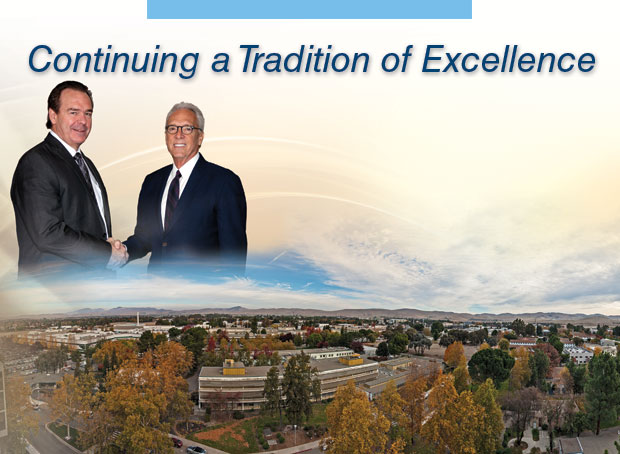Leadership in high-performance computing is a hallmark of LLNL and an area with numerous successes in FY2013. A key event was the Sequoia supercomputer’s transition to classified operations as a user facility for the three Department of Energy National Nuclear Security Administration (DOE NNSA) laboratories—Livermore, Los Alamos, and Sandia. The machine has demonstrated remarkable capabilities in record-breaking unclassified simulations, such as the 2013 Gordon Bell Prize–winning calculation (depicted on the cover). Sequoia now supports the Laboratory’s defining mission for NNSA: to sustain a safe, secure, and effective nuclear deterrent for the nation. A smaller version of Sequoia, Vulcan, is meeting the needs of other Laboratory programs.
Coupled with experiments, supercomputer simulations are providing unprecedented capabilities to study physical processes inside nuclear weapons and, more generally, the detailed behavior of complex systems. We have greatly enhanced our capabilities to evaluate the condition of the stockpile as part of the annual assessment process, resolve arising issues, and carry out life-extension programs. High-fidelity simulations combined with experiments at the National Ignition Facility are providing a better understanding of nuclear weapons physics and enabling key advances toward achieving fusion ignition and energy gain. In addition, the Laboratory has demonstrated remarkable success in integrating simulations, experiments, and systems engineering to rapidly design and prototype advanced conventional munitions for the Department of Defense.
We combine our unique capabilities, wide-ranging expertise, and multidisciplinary approach to problem solving to address broader national security needs. Livermore’s Forensic Science Center is one of the nation’s two laboratories accredited to perform tests for the Organisation for the Prohibition of Chemical Weapons, which was awarded a Nobel Peace Prize this year for its extensive efforts to eliminate chemical weapons. LLNL researchers are helping the Department of Homeland Security to protect commercial aviation against terrorism, aiding Japan in responding to the disaster at Fukushima, and uncovering evidence of human activities on the Earth’s climate. In addition, we contribute in many ways to U.S. energy security, and we collaborate with academia to make important advances in science. Through the Livermore Valley Open Campus, our capabilities are being shared with U.S. industry to increase economic competitiveness and promote regional development.
Noteworthy events this year, in addition to our programmatic achievements, significantly affected the Laboratory. We addressed challenges associated with the federal budget sequester and the government shutdown. Nearly 400 employees chose to participate in a voluntary separation program, conducted to right-size the Laboratory for the future. We thank them for their years of dedicated service to the nation. The senior management team has also undergone changes—most notably Parney Albright stepped down as Laboratory director in October 2013. We are especially grateful to him for his leadership during a time of significant change and his energetic efforts to improve the work environment for employees.
LLNL’s principal asset continues to be its outstanding workforce—remarkable individuals and highly motivated teams focused on mission delivery and demonstrating programmatic and operational excellence in the national interest. As our Annual Report highlights, Laboratory operations in support of our mission-directed research are conducted with great attention to safety, security, and environmental sustainability.
To address ever-evolving national security threats, we must take full advantage of exciting scientific and technical opportunities. With its focus on mission-directed research, Livermore will build on its tradition of innovation and its record of scientific and technical excellence to find solutions to critical national needs. We will rise to future challenges, working diligently as an efficient, effective team—within the Laboratory and across the nuclear security enterprise—to meet our vital mission objectives.





